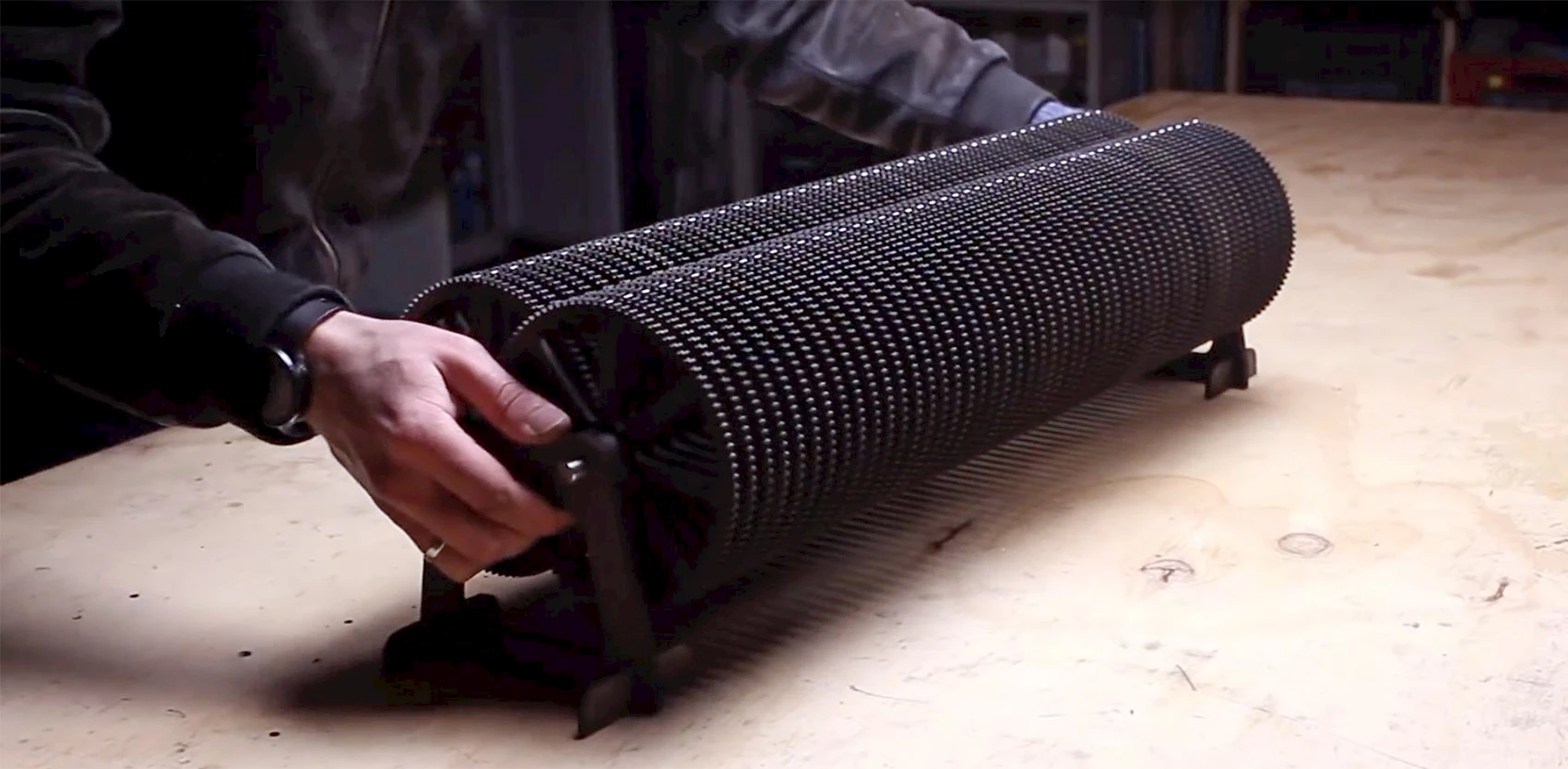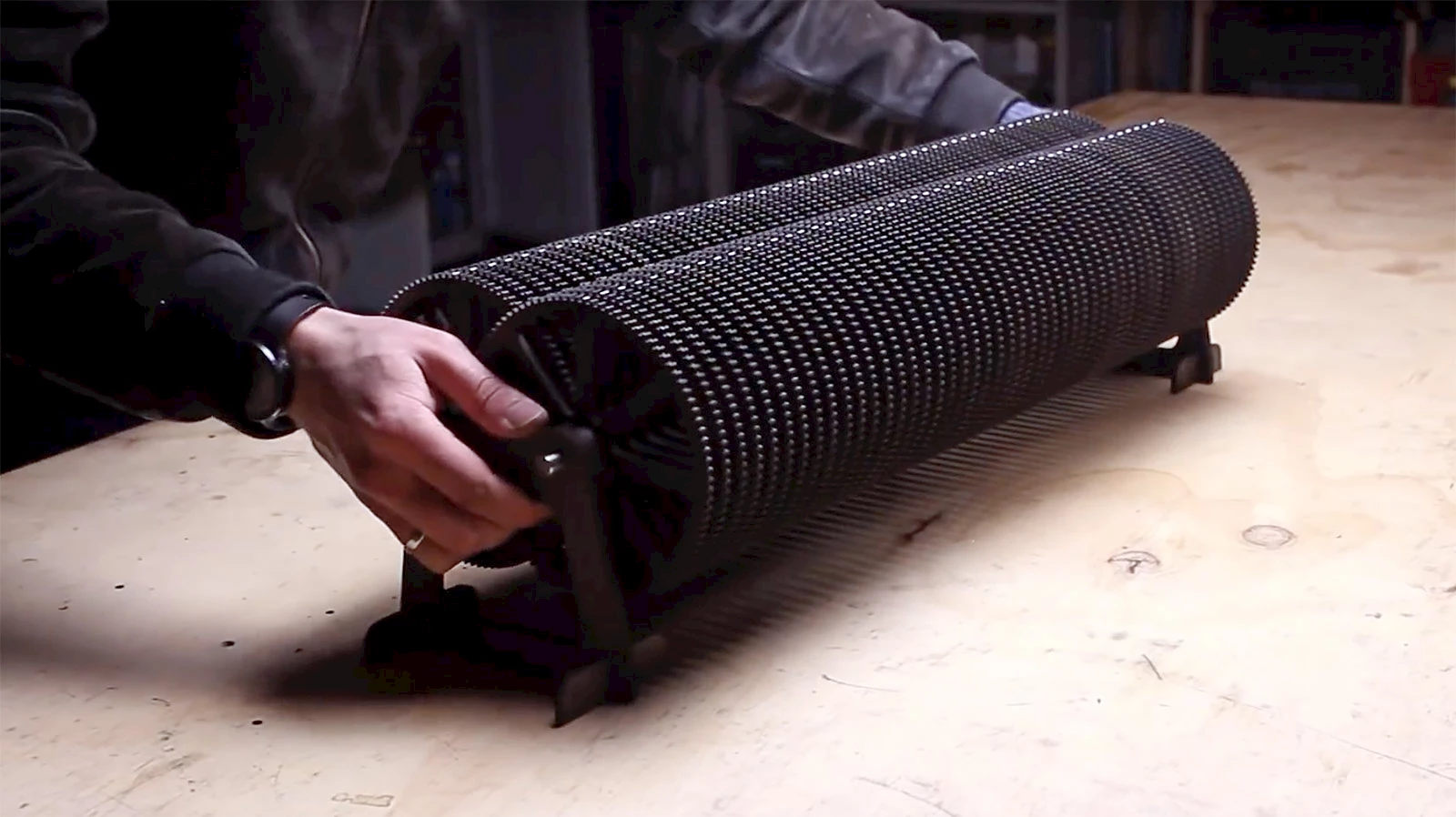Weekly Tech Recap - № 250 - Trifold phones, Project Sandcastle, Windows 10 flaw, Samsung’s T55 lineup, googol engine

Trifold phones

TCL’s Trifold. © Chaim Gartenberg, The Verge.
Mobile phone manufacturers are tripling down on foldable phones. TCL unveiled a bold concept for a phone with two hinges and three displays, making it both a phone and a tablet. Unfolded, this functional prototype has a 10-inch diagonal (25.4cm) display, slightly larger than an iPad 9.7. But it still has a ways to go to be a marketable product. First, the device is quite heavy with its two sturdy hinges and the battery needed to power that amount of screen real estate. Second, there aren’t any truly optimized applications, and Android isn’t suited yet for this kind of device. Finally, existing bi-fold phones all have reliability issues and easily climb above $1,500; imagine what a tri-fold phone would cost!
⇨ YouTube, “Unfolding the first trifold phone.”
⇨ Circuit Breaker, Chaim Gartenberg, “TCL’s new foldable and rollable concepts imagine a wild future of phones.”
Android on iPhone

Project Sandcastle. © Corellium.
Corellium is a company that supplies an iOS simulator which is especially used by security researchers. It is in trouble with Apple, which accuses it of copyright infringement. But that hasn’t stopped Corellium from persevering and presenting a new project, Sandcastle, which will run Android on an iPhone. A first build, compatible with the iPhone 7, is already available. However, there are some limitations, such as the inability to use the camera or to download apps from the Play Store. When you restart the device, you find your iOS intact again; it’s a sort of ephemeral virtualization. Sandcastle intends to eventually offer a build for all iPhones, from the 6 to the 11 Pro.
⇨ Ars Technica, Ron Amadeo, “‘Project Sandcastle’ brings Android to the iPhone.”
Emergency patch for Windows 10

© iStock.
Thursday, Microsoft released a fix for a critical security flaw that allows attackers to remotely execute malicious code that can spread from one vulnerable machine to another without user interaction. The flaw, in version 3 of Microsoft’s implementation of the Server Message Block protocol, is only present in the 32- and 64-bit versions of Windows 10, 1903 and 1909. Although this vulnerability is difficult to exploit consistently, Microsoft and outside researchers consider it critical because it opens up large networks to attacks in which a single compromised machine can trigger a chain reaction that quickly infects all other Windows machines.
⇨ Ars Technica, Dan Goodin, “Microsoft delivers emergency patch to fix wormable Windows 10 flaw.”
Curved monitors for the office

T55 Series. © Samsung.
Samsung unveiled a range of productivity monitors for home and office use, with a curvature of 1000R (the curvature of a circle with a radius of 1 meter). Called the T55 series, these new monitors adapt a concept that Samsung applied to gaming monitors earlier this year. They all have a refresh rate of 75 Hz and support AMD FreeSync. While higher refresh rates are sought after by gamers, they are not required for common office applications. Other features include a response time of 4ms, a maximum brightness of 250nits, a typical contrast ratio of 3,000:1 and a resolution of 1920x1080. The C24T55, C27T55 and C32T55 monitors are sized at 24, 27 and 32 inches respectively. Availability and pricing for T55 series monitors have yet to be announced.
⇨ Ars Technica, Samuel Axon, “Samsung tries to make ultra-curved office monitors a thing with new T55 lineup.”
⇨ Tom’s Hardware, Wendi Ma, “Samsung’s T55 monitor series launch with 1000R curved VA screen.”
Googol engine

© Daniel de Bruin.
To celebrate his one-billion-seconds anniversary, Daniel de Bruin, a Dutch designer, built a machine with 100 gears, each of which has a 10:1 reduction ratio. This means that the speed of any one gear is equal to one-tenth the speed of the gear before it. To rotate the 100th gear once, you would have to rotate the first gear 1 googol times. A googol is an astronomical number whose decimal representation is written with the number 1 followed by 100 zeros (or 10100). Also, you would need more energy than the entire known universe to do this. And even if you had enough energy in store, the mechanism would give up the ghost from the effort.
⇨ YouTube, “The universe's biggest gear reduction!.”
You can see the machine running for 1 hour in this very, very relaxing video:
⇨ YouTube, “See the worlds biggest gear reduction run for one hour!”
